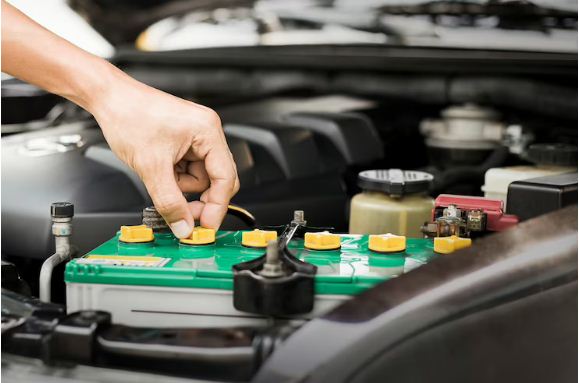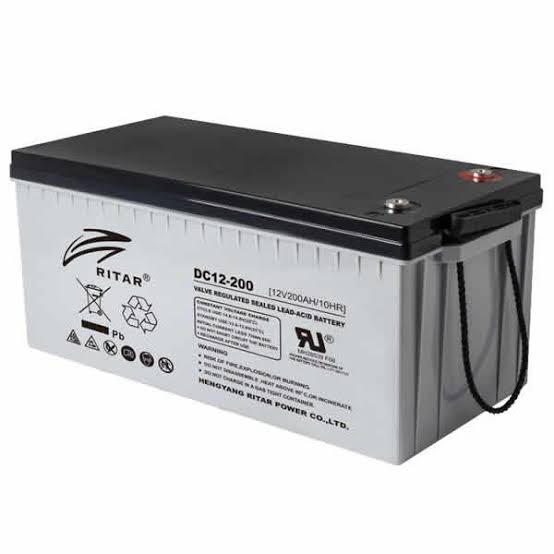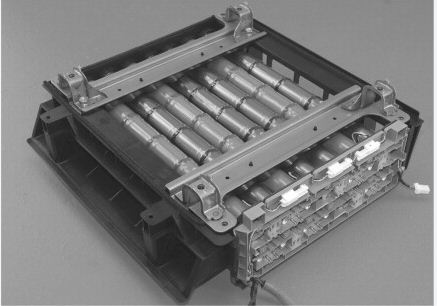Automotive batteries are an example of which hazard class?

Shipping automotive batteries is a dangerous and responsible task that requires sensitive handling and proper care. Therefore, there are certain regulations that compliance is necessary for shipping these batteries.
People often wonder if automotive batteries are an example of which hazard class and the answer to it is usually they fall in the category Class 9 of hazardous materials. But certainly, it also depends on the type of batteries.
Regulations Applicable to Shipping Batteries:
Following are the regulations that apply to the transport or shipment of batteries in different parts of the world.
- IATA (The International Air Transport Association) has launched very beneficial Regulations for the air transport of goods. This organization wants companies to package batteries according to the technical instructions from ICAO (International Civil Aviation Organization).
- IMDG (The International Maritime Dangerous Goods) Code for sea transport has set out some key requirements for the purpose of packaging, handling, and labeling batteries during the transportation process.
- The suggestions from the United Nations on the Transport of Dangerous Goods provide guides for the safe and secure shipment of dangerous goods no matter which transport mode you are using.
- The GHS (Globally Harmonized System) that classifies and labels Chemicals has launched standards for the classification and labeling of chemicals, including batteries.
- The concerns from the European Agreement about the International Transport of Dangerous Goods by Road (ADR) for road transport within Europe.
- Other regulations that may apply to international transport include Canada’s Transport of Dangerous Goods Regulations (TDGR).
The above discussed are the regulations that talk about the hazard class as an answer to the question of automotive batteries are an example of which hazard class. These regulations make sure that the automotive batteries transport all over the world under certain supervision.
Their purpose is also to deliver the batteries according to different laws and safety standards. In this compliance with the law, different aspects like labeling, packaging, documentation, and manual handling of these batteries so that no accident happens during the whole transport procedure.

Automotive Batteries are an example of which hazard class:
There are different types of batteries that are applicable in the automotive industry. Therefore, the relevant hazardous classes are also different. Let us discuss different types of automotive batteries and see what under what hazards class they come under,
Lithium Ion and Lithium metal Batteries:
Lithium-ion and lithium-metal batteries are classified as hazardous materials and are subject to specific packaging, labeling, and shipping requirements. These regulations are in place to ensure that the batteries are transported safely and do not pose a risk to people or the environment.
The regulations for shipping lithium ion and lithium metal batteries are very complex and can be difficult to understand. You may wonder if automotive batteries are an example of which hazard class and Lithium Batteries fall in the category of Class 9. Before shipping these batteries, it is important to review the regulations carefully and ensure that all requirements are met. Failure to comply with these regulations can result in significant penalties, so it is important to seek guidance from hazardous materials experts if you are unsure about the requirements.
Companies that ship lithium batteries must also ensure that their employees are properly trained in the handling and transport of hazardous materials. This training is mandatory and is required by law to ensure that employees are aware of the potential hazards and risks associated with shipping hazardous materials.
Lead Acid Batteries:
Lead acid batteries come under Class 8 of corrosive hazardous materials in the international hazardous materials regulations and United States of America regulations. The answer to the query about automotive batteries are an example of which hazard class leads acid batteries to come under class 8. There should be specific Packaging, marking, labeling, and documentation for shipping lead acid batteries in different parts of the world. However, there are a few exceptions in these regulations if the batteries meet certain testing and marking requirements. The following are the requirements;
- There should be great protection against Short Circuit and the battery is properly packaged.
- The company should apply markings like ” non-spillable battery” and the covering of the battery is plain and smooth.
- There are two tests that the battery should pass without leaking its fluid. The first test is a vibration test and the second test is a pressure differential test.
- The battery should not carry any unabsorbed free-flowing liquid. The design of the battery is such that the electrolyte does not flow from cracks or structures under 55° C temperature.
If a battery does not need these requirements then it should be shipped as Class 8 corrosive hazardous material.

Dry Cell Batteries:
Alkaline batteries, nickel-cadmium, carbon zinc, and dry cell batteries do not fall under any International or U.S. regulations. Therefore such batteries are not dangerous. However, the company should package these batteries in a proper manner and the outer layer of Packaging is smooth and strong enough to withstand different accidental touches. These batteries should also avoid the production of large amounts of heat and short circuits.
There is no proper information about what a dry cell battery is consisting of. Therefore over the years, people started calling alkaline, nickel, and cadmium batteries and dry cell batteries. The companies that ship these dry cell batteries should keep in mind special provisions 130 and 340 of the US hazardous material regulations. They should also review special provisions A123 and A199 according to the IATA regulations and ICAO instructions while different markings on the packaging and proper documentation requirements. So, if you are looking that automotive batteries are an example of which hazard class then dry cell batteries are usually not dangerous enough to come under any type of hazardous materials class.

Nickel Metal Hydride Batteries:
Nickel metal hydride batteries fall in the category of class 9 as it is material. This class 9 hazardous class applies when the companies ship the batteries by vessels in heavy quantities which are more than 100 kg. In other cases when these batteries that companies ship by Road, air, or rail, they are considered dry-cell batteries. Therefore, the regulations and laws are applicable according to dry cell batteries.

FAQs
What are automotive batteries an example of?
Automotive batteries are an example of electrochemical cells or batteries. In these batteries, you can observe chemical reactions that convert chemical energy into electrical energy. This electrical energy utilizes to power the car’s electrical components. Therefore, automotive batteries are rechargeable lead-acid batteries. Because of rechargeable quality, their construction relies on lead plates and an electrolyte solution consisting of sulfuric acid and water.
Are automotive batteries flammable solids?
No, automotive batteries are not flammable solids. But still, these batteries are dangerous goods and fall under Class 8 – Corrosive Materials due to the sulfuric acid in them. This acid is popular as the “King of Acids” and it can cause severe damage to the skin and also corrodes metal. However, some of the materials used in the battery like the electrolyte solution are flammable to some extent.
Are automotive batteries flammable or corrosive?
Most cars that use gas engines have lead and acid batteries. These automotive batteries are very dangerous for the skin or if you inhale them because the acid in them can seriously hurt people and damage things like metal. After classification, these batteries are dangerous and fall in the “Corrosive Materials” category. It means that they can cause permanent harm to your skin and can also corrode steel.
What type is an automotive battery?
There are four different kinds of batteries that cars commonly use. These types are lithium-ion batteries, lead acid batteries, SLI batteries, and deep cycle batteries.
Final Thoughts:
The automotive industry heavily relies on batteries that provide an essential push for cars to run and for other important functions to carry on. Therefore, people often search that automotive batteries are an example of which hazard class and the answer to their question is that there are different types of batteries. Therefore, the hazard class depends on the specific type of battery. Overall, these batteries fall in class 9 of international and U.S. regulations.
For more technology ideas must visit techstarlink tech page thanks!





